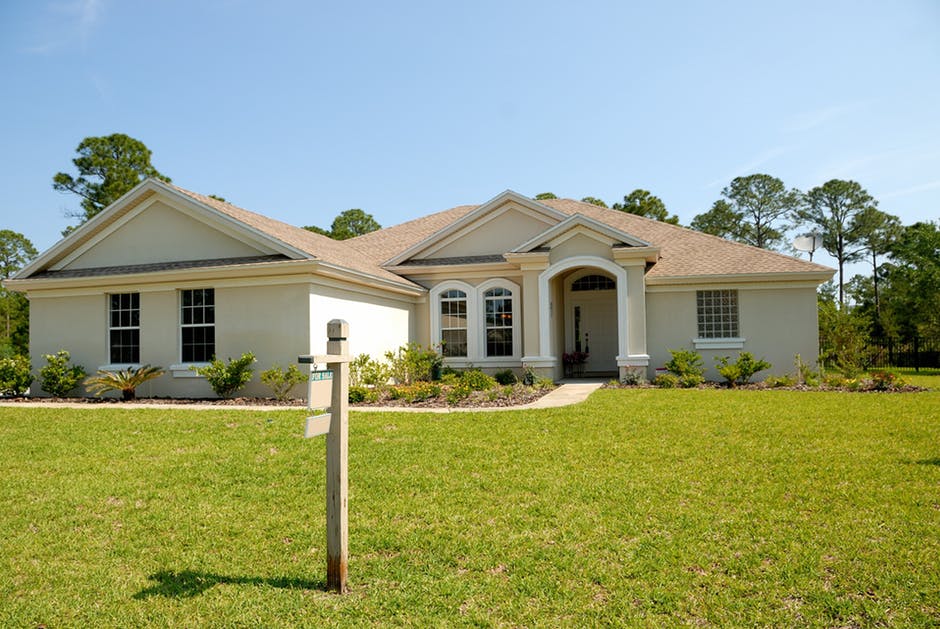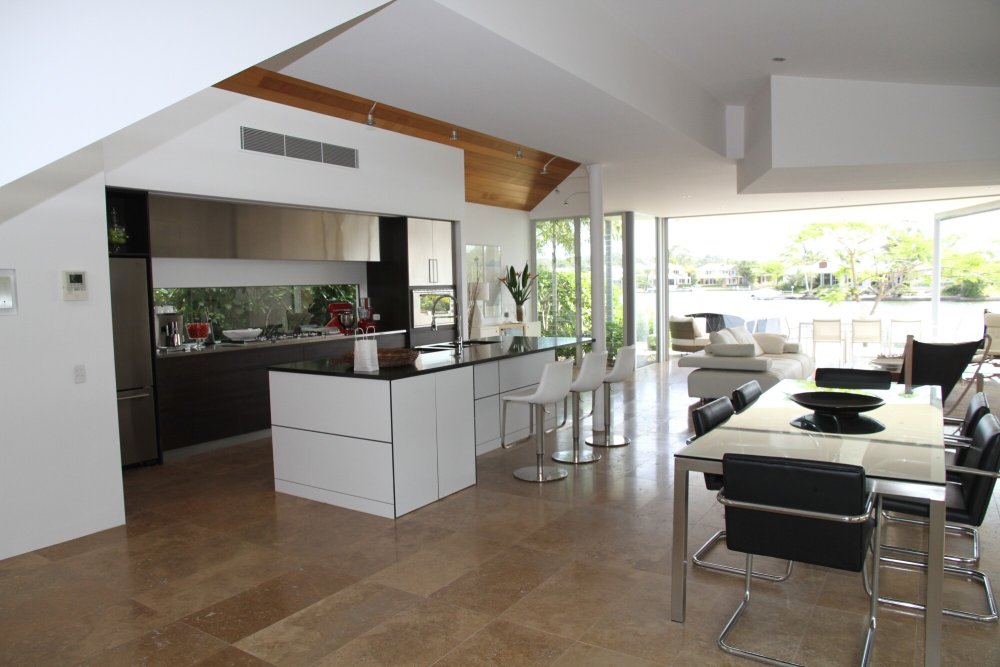You don’t need expensive equipment and a college degree to take listing photos that get attention.
Key Takeaways:
- Rental property listings don’t move without great pictures
- Expensive equipment and professional photographers aren’t always necessary
- Use natural light, attractive props, and straightforward compositions to set up your shots
Good listing photos are of the utmost importance when listing a rental property. There is no substitute these days with so many renters looking for homes online where photography is king. This can feel like a stressful barrier to renting a property if photography isn’t your strong suit or you’re worried you’ll have to invest in expensive photography equipment. Taking great shots can be easier than you may think, however, with a few key steps.
All you really need to take good listing photos is a bit of staging, good lighting, and a camera. Even your cellphone camera will work. This guide walks you through why you need listing pictures, what makes a great one, and how to avoid taking bad listing photos.
The Importance of Listing Photos
People search for property online these days, and the pictures listed are usually the first look they get at a potential home. Properties can no longer rely on curb appeal alone to interest tenants. They now need web appeal, too. Listing photos are crucial for landlords marketing to tenants who live far away and can’t stop by every property, along with those who want to search many properties online before making a decision.
Taking great shots is an essential step for landlords. High-quality photos help your listing look professional and instill trust in prospective tenants. There are a few critical dos and don’ts when taking listing photos, and with these tips, you’ll be on your way to snapping inviting photos.
How to Create a Great Listing Photo
You can’t just point your camera, click the button, and end up with a great picture. Even with all the apps and filters available today, it takes some skill and know-how to make it all work for you. The following tips show you how to use your everyday environment to make your listing pics shine.
Clean Before Picture Day
You can’t take a great photo of a dirty house. If tenants still live in the home, give them plenty of notice and time to clean. You can clean it yourself or call in a professional if the property is empty. Don’t forget to clean the light bulbs and windows, too. Sometimes a great shot is ruined because the light source is filthy.
Stage the Home
Staging a house, apartment, or condo means setting the scene for a perfect photo. It’s difficult for prospective tenants to see themselves in a home when photos are of empty rooms. It’s much easier to see yourself living in a home with furniture, a television, a laptop on the couch, and a coffee cup on the counter.
Light the Space
Setting up professional lighting for a photography session is expensive. It also takes some knowledge typically held by professional photographers only. You can save time and money, however, by scheduling your photo shoot when the natural lighting is best in the unit. You can also brighten dark rooms with high-watt overhead light bulbs.
Choose Props Carefully
Simple furniture and decorations augment a room’s natural charm. Too many props make a photo look staged and phony. It doesn’t resonate with renters. Skip cliché décor, like giant fruit bowls in the kitchen or rose petals and candles around the bathtub. Go for simple, color-coordinated elements instead.
A lot of factors go into getting a great listing photo, but that doesn’t mean it has to be overly complicated. Starting with a plan makes everything a lot easier. Write down all the photos you want to take and when to take them as a starting point. Another helpful tip is to keep a record of listing photo mistakes on hand to reference.
How to Avoid Taking Bad Listing Photos
What looks like a great shot in your viewfinder can turn out to be a real loser when you see it online. Sometimes props or lighting ideas seem like a creative twist that will get you noticed but disappoint you in the end. Here are a few things to steer clear of with listing photos.
Bad Angles
Sometimes the room or view you’re trying to capture is too big for the lens, or you think a tilted angle would add character to the shot. It usually doesn’t. You’re trying to rent a property, not sell an Andy Warhol print. All your angles should be parallel so the renter can see what they’re paying for.
Unwelcoming Imagery
Make sure any picture of the front door looks warm and inviting. No debris or worn yard décor should be seen. An attractive front door and entryway make people want to go in and maybe even live there. Do away with any no-trespassing signs or keep-out notices. Replace them with some bright flowers and a welcome sign.
Fisheye Lenses
Many property managers use fisheye lenses to enlarge their small spaces. This typically has the opposite effect, however, and is also disorienting to a lot of people. Go for a bird’s eye view or a wide-angle lens if you’re looking for something different to jazz up the look of a small space.
Avoiding these common photo mistakes can go a long way in improving your listing photos. Reminding yourself of what not to do is as important as knowing what to do during a photo shoot to help prevent bad listing photos.
Any property manager can take phenomenal photos of their rental property with just a cellphone camera. Attention to environmental details can turn an average picture into a moneymaker and help you have your pick of desirable tenants.
Get Help Managing Your Property From the Pros
Creating great real estate listing photos is just one of the many jobs of a property manager. Nomadic Real Estate can take some of that burden off your plate. We help landlords fill available rentals with qualified tenants, manage payments, and keep properties at their best. Contact Nomadic Real Estate for more information about your Greater D.C. property management needs.



































